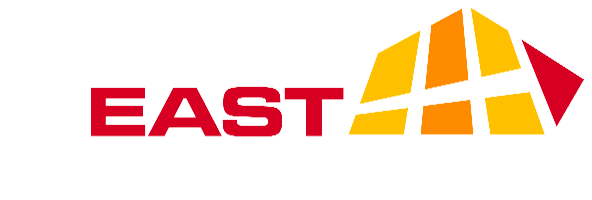A lease is an important part of many real estate investments. It should outline all the obligations of the tenant and of the landlord. This sounds simple, but many questions can arise. If property taxes increase does the tenant pay all of the increase or only part of it? If the property must be updated who pays for the improvement? Can the tenant be moved out during the renovation? If the costs of servicing the property rise, should the tenant pay none, all, or part of the increased costs? How should inflation be handled? With automatic rent increases? Can increases be tied to some index, perhaps the Consumer Price Index?
Different Lease Types
Here are some types of leases used for commercial and industrial properties:
Gross or Flat Rate Lease: This is the traditional lease in which the tenant agrees to pay a flat periodic rate for the term of the lease. This might work with a very short lease, such as one year.
NNN or Net Lease: Some investors try to protect their net income stream by requiring the tenant part (double net) or all (triple net) of the expenses. For example, the tenant may pay the property taxes; or property taxes and insurance; or property taxes, insurance, and all maintenance and operation expenses. When a net lease is mentioned, always ask what the landlord pays and what the tenant pays.
Subordinated Lease or Sublease: The tenant leases all or a portion of the property to a third party who pays to the original tenant. The sublease may be at a rate slightly higher than the original lease payments, thus allowing the tenant to make money from such an arrangement. For this reason, some leases do not allow subleasing.
Percentage Lease: The amount of rent is related to a fixed amount, plus a share expressed as a percentage of the gross or net sales or profits of the business to be paid as additional rent.
Ground Lease: Only the land is rented. The tenant owns the improvements. When the lease ends, provi-sions are made for allowing the tenant to buy the land or the landlord to buy the improvements.
Index Lease: The lease amount is related to an index and changes as the index changes. For example, banks located in shopping centers cannot be charged on the basis of percentage of sales because there are none. In such cases an index such as the Consumer Price Index might be used.
Renegotiable Leases: The rents are subject to review and renegotiation at a particular event or after a given number of years. These are usually related to inflation measures and indices.
Improperly drawn leases may not produce enough income to cover the costs of owning and operating the property. And long-term leases in particular present problems when prices, costs, and money rates are fluctuating. There is no substitute for a lease prepared by a skilled professional.
If you have any questions or need advice regarding a leasing situation, feel free to contact Metro East Commercial for a consultation.
